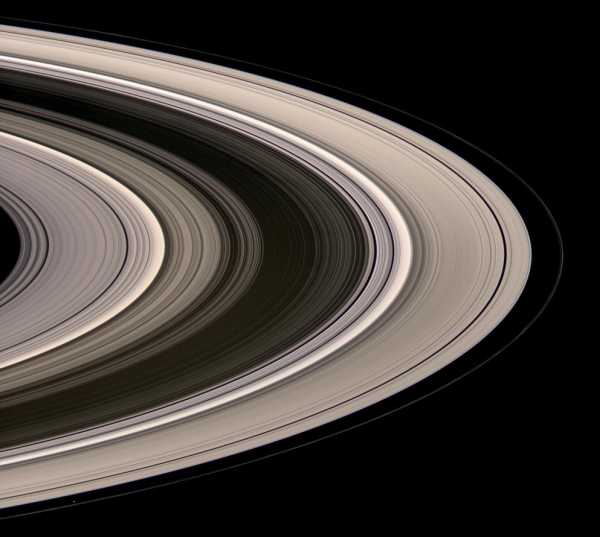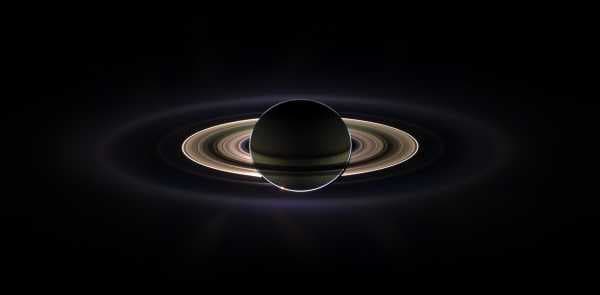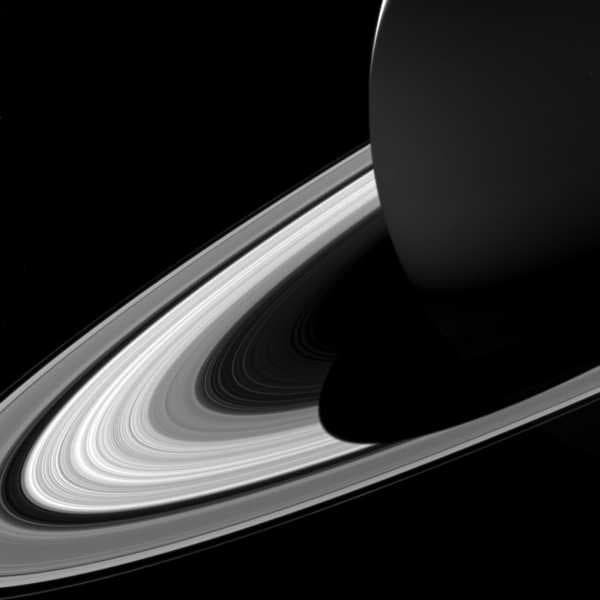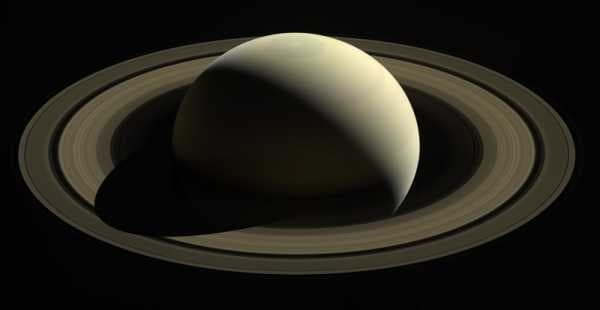
In September 2017, NASA plunged its 20-year-old, $4 billion-plus spacecraft, into Saturn’s atmosphere, where it incinerated, never to fly again. It was awesome.
The space agency had no other choice. Cassini was nearly out of fuel and had already been stretched years beyond its intended mission duration. Keeping it going risked potentially contaminating one of Saturn’s moons — like Enceladus, an ice world that has some ingredients for life — with microbes from Earth.
The descent also made for a scientific opportunity. For the first time ever, Cassini could study the space between Saturn’s rings and the planet, and even get a small chance to sample the Saturn atmosphere itself.
Related
Photos: the most inspiring, beautiful, and historic images from the Cassini mission
On Thursday, the journal Science published a trove of research from Cassini’s final orbits and eventual plunge into the planet. There’s new information on Saturn’s magnetic field, and radiation belts that surround portions of the planet. But perhaps the biggest surprise is the finding that Saturn’s D ring — the faint ring closest to the planet — is raining down organic molecules (like methane, made of carbon and hydrogen) on the planet. That “was the biggest surprise,” Donald Mitchell, a Cassini spacecraft instrument scientist who co-wrote one of the papers.
Before Cassini had flown into this region between Saturn and its rings, scientists had assumed, from optical observations from far away, this region had been free of dust.
But these new findings make clear that “10 tons of materials per second are going down into Saturn’s atmosphere” from its innermost ring, Mitchell says. That changes the way scientists think about the chemistry of the top of Saturn’s atmosphere, since they now know that some of the organic molecules in the atmosphere came from the rings. But it’s important for a few other reasons.
It’s a small clue to how the rings evolve, and interact with the gas giant planet
Scientists are interested how Saturn’s rings form and mature because they’re believed to be similar to the rings of debris that formed the entire solar system.
Like many discoveries, this one raises more questions than it answers. For instance, why is the dust that rains down from the rings made of organic materials? It’s strange because Saturn’s rings are almost entirely made out of water ice, and you’d expect to see more water in the mix of dust. Also, the researchers are not sure if Saturn’s D ring will eventually disappear, or if there’s some process that replenishes it with new material.
This discovery isn’t huge in the sense that it completely rewrites our understanding of Saturn. But gives a small clue to the beautiful, profoundly complex puzzle of how gas giant planets — and their rings — are formed, mature, and eventually, perhaps, disappear.
Great mysteries about Saturn still exist, and scientists will continue to pour over Cassini data in hopes of clearing them up. We still don’t know exactly how fast Saturn’s core rotates, which would determine the length of a Saturn day. Or what, exactly, exists at its core. These are huge, basic questions about the planetary system that will remain unanswered for now.
But by studying the physical properties and mechanics of planets in our solar system, we get a better sense of what’s possible in the untold number of planets that exist in our galaxy and universe.
“Every time we go to a new place [in our solar system], we find new stuff,” Mitchell says. “The more variety we’re able to measure in our own solar system, it gives us a better handle on mechanisms that may be important to other solar systems.”
And if you just clicked on this story to see beautiful pictures taken by Cassini of Saturn’s rings, well, here you go.



Sourse: vox.com






